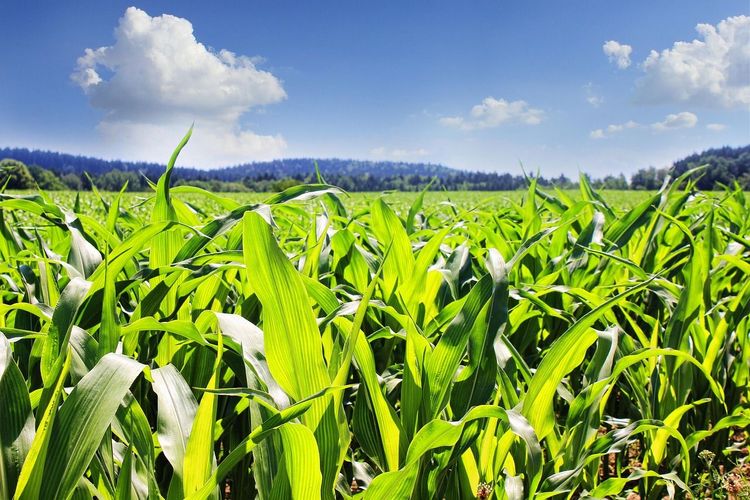Brazil Soybeans Get Off to Favorable Start Amid Transition to El Niño
As Brazil’s new soybean crop gets planted, currently favorable growing conditions along with increased acreage could produce yet another record harvest.
That development comes as US soybean stocks are seen dropping to an eight-year low on the back of a disappointing crop, as Gro wrote about here. Another bumper harvest out of Brazil would also maintain the country as the world’s No. 1 soybean exporter. Brazil’s soybean exports to China, the biggest importer, jumped by 27% to a record high in January-August 2023 from a year earlier, as seen in this Gro display.
In Brazil’s Center-West states of Goiás, Mato Grosso, and Mato Grosso do Sul — which together account for about 50% of Brazil’s total soybean output — abundant rainfall has created favorable planting conditions, as can be seen with Gro’s Climate Risk Navigator for Agriculture, weighted for the three states’ soybean areas. However, recent high temperatures have drawn down soil moisture reserves, and additional rainfall — which Gro’s two-week forecast currently predicts will be below normal — will be needed for the crop to thrive.
El Niño could make a difference in the crop’s outcome. The global climate event historically has brought higher precipitation to Brazil’s croplands, though mostly in southern states. Indeed, Gro’s long-term forecasts currently point to wetter-than-average weather in the country’s south for the October-December period, but drier-than-normal weather in the central states of Mato Grosso and Goiás.
This year’s onset of El Niño could mark a sharp departure from three consecutive years of La Niña, which brought drought to the region, especially to Argentina. Dry conditions hammered Argentina’s corn production last year and continue to plague the country’s cropland this year, as Gro wrote about here. An El Niño-induced return to greater rainfall would be a welcome development.
Much wetter conditions prevail in Brazil’s south. In Rio Grande do Sul, which accounts for as much as 15% of the country’s total soybeans, both accumulated precipitation and soil moisture levels are above historical averages and additional rain is forecast through mid-October, as shown in this Gro Navigator display. Soybean planting starts later in southern states and overly wet and cool conditions could delay operations.
Brazil’s soybean acreage has increased every year since 2007, as shown by Gro’s Brazil Soybean Monitor. The Monitor also contains Gro’s Brazil Soybean Yield Forecast Model, which will go live once the crop gets established in December. IBGE, the Brazilian statistics agency, estimates soybean planted area will increase another 6.5% in the current season.
 Insight
InsightPrices Surge for Cocoa, Coffee, and Other ‘Soft’ Commodities
 Insight
InsightGro’s 2024 Watchlist: 3 Forces Shaping Global Climate Risk in the Year Ahead
 Blog
BlogSouth America: Growing Season Snapshot
 Insight
Insight

 Search
Search